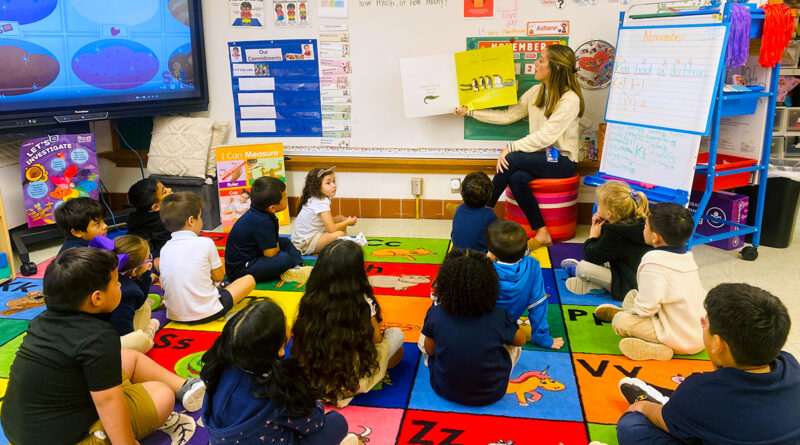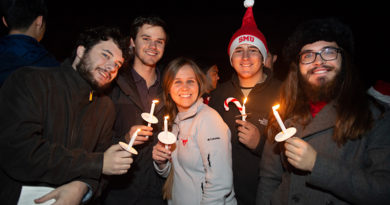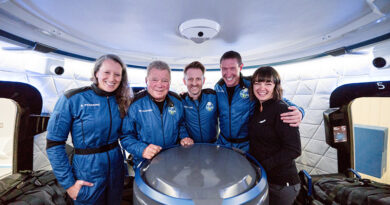What Does $2,500 Buy a Dallas ISD Teacher?
Emma Grace Lloyd adds STEM Station for Withers pre-K
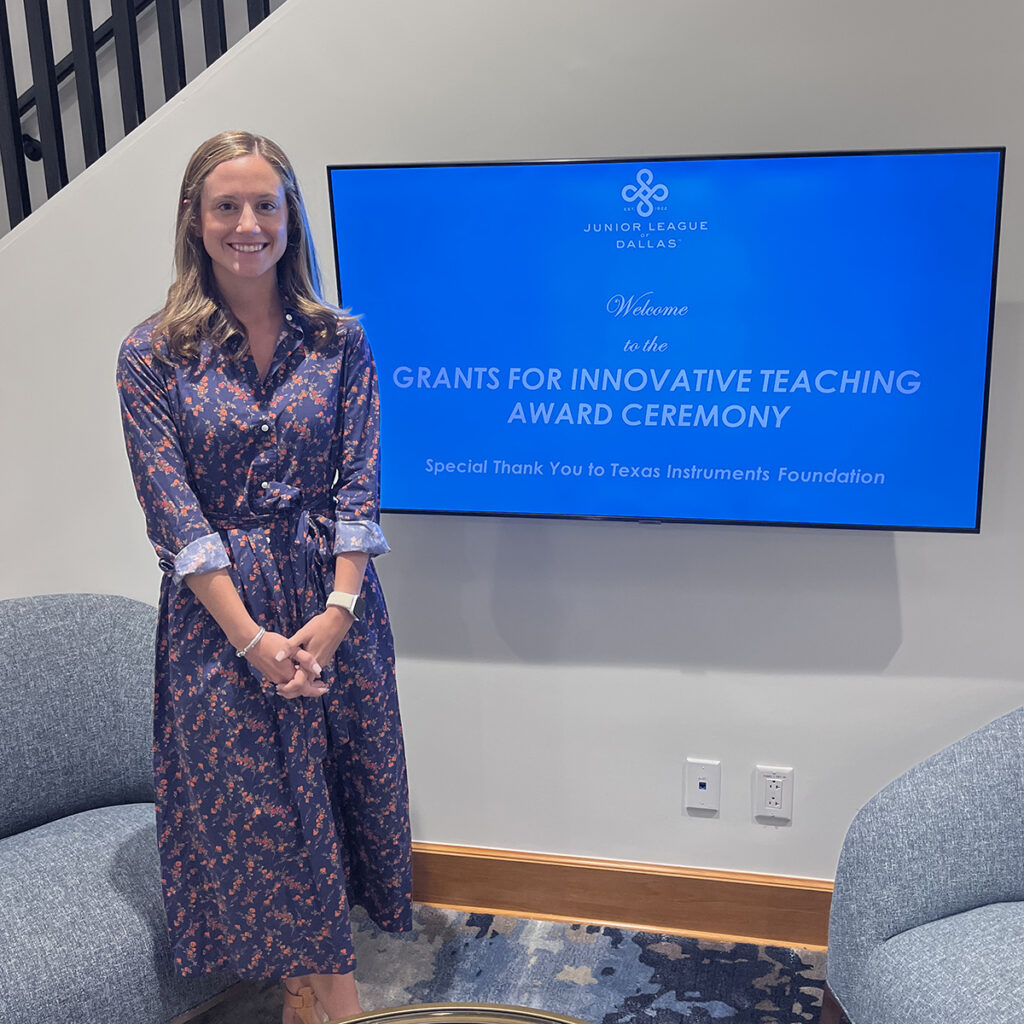
Technology is everywhere today, and Emma Grace Lloyd of Withers Elementary School wants to ensure her students are prepared for it.
The pre-K teacher won a Junior League of Dallas Grant for Innovative Teaching this fall. She plans to use the $2,500 to create a science, technology, engineering, and math station for her students.
One of eight different stations, the new STEM area will include everything from measuring tapes to items for building racetracks. The station will also incorporate literature with situations for the students to solve, many set in fairy tales.
“I saw this need for hands-on learning,” Lloyd explained. “I can read a book about STEM, but getting the kids involved is how they learn, so I really wanted to bring in part of the STEM aspect to get their wheels turning.”
Lloyd aims for the project to continue for many years, with the station available to future pre-K classes and becoming a part of the class’s daily routine.
She said the stations would allow for a more involved learning that helps students absorb information and enables out-of-the-box STEM learning relevant to the modern world.
“I feel like this is a crucial push in education and the world right now because everything is so heavy on tech, science, engineering, and everyday math skills,” Lloyd said. “I just think being able to problem-solve is the main aspect, and using different tools to get them there. Problem-solving is a huge lifelong skill.”
Virginia Ross: Sensors will upgrade W.T. White robotics
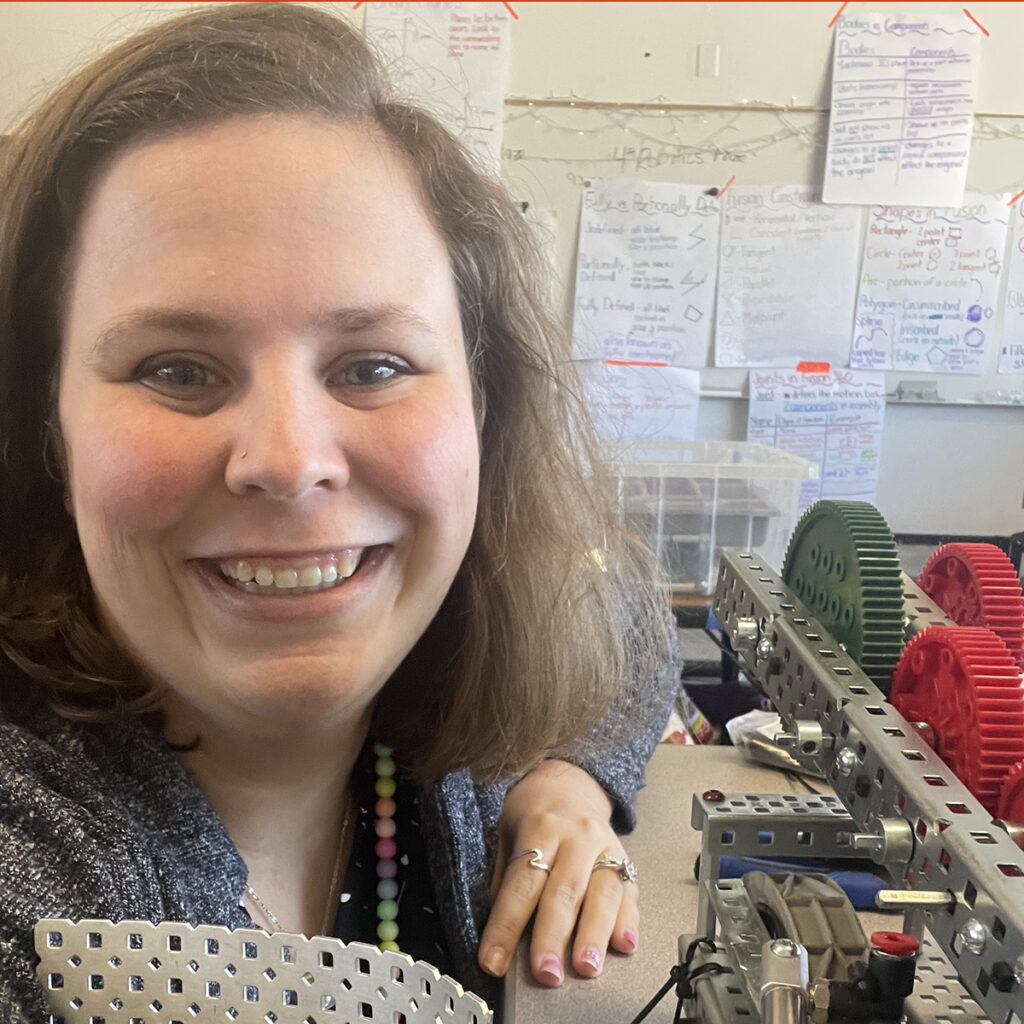
Virginia Ross, the robotics teacher at W.T. White High School, strives to get her students the resources needed to be successful in robotics.
As one of the Junior League of Dallas Grant for Innovative Teaching winners, Ross has put the $2,500 toward three types of robotic sensors: inertial, vision, and distance.
Inertial sensors will measure acceleration and angular velocity, vision sensors will detect colors, and distance sensors will determine how far the robots are from their starting point.
As head of the robotics club, Ross saw a need for more complex components.
“This grant will help (the students) immensely with learning how to code and just being more competitive,” she said. “When I went to my first competition, which really compelled me to write this grant, I realized that our students were behind in coding and basic electronic materials.”
Ross understood that her students needed a deeper understanding of how their robots worked, not just how to build them.
“The kids could learn how to build a robot, but the more value-added skill is how do you both build it and think about the complexity of how you’re going to make the code and how you’re going to make the electronics all work together,” she said. “That inspired me.”

